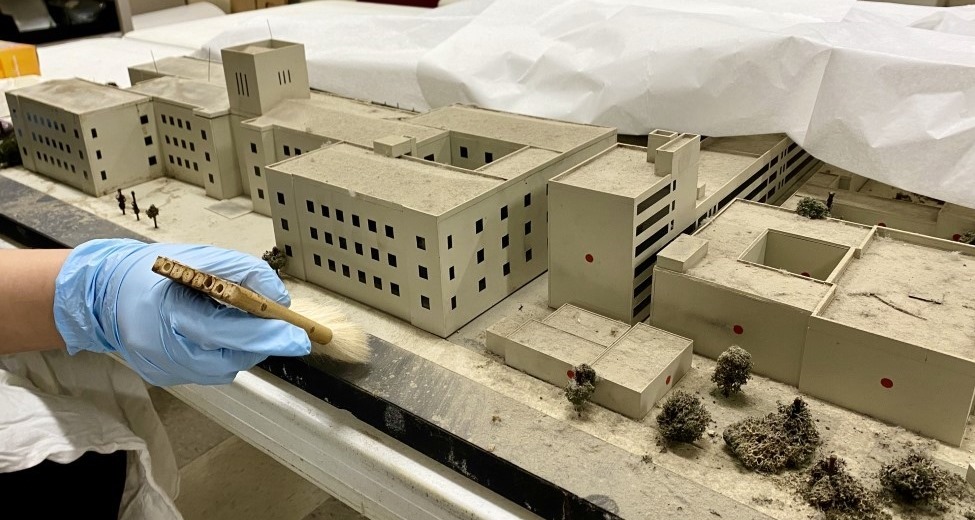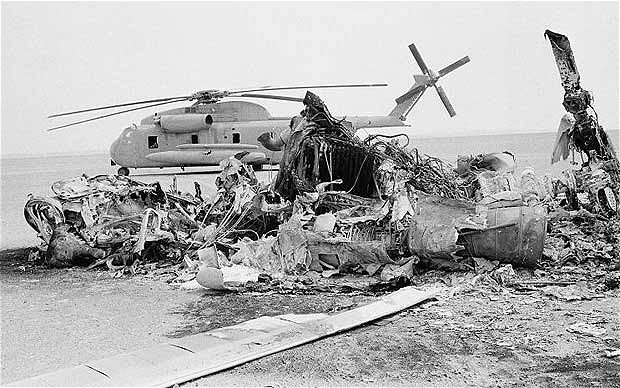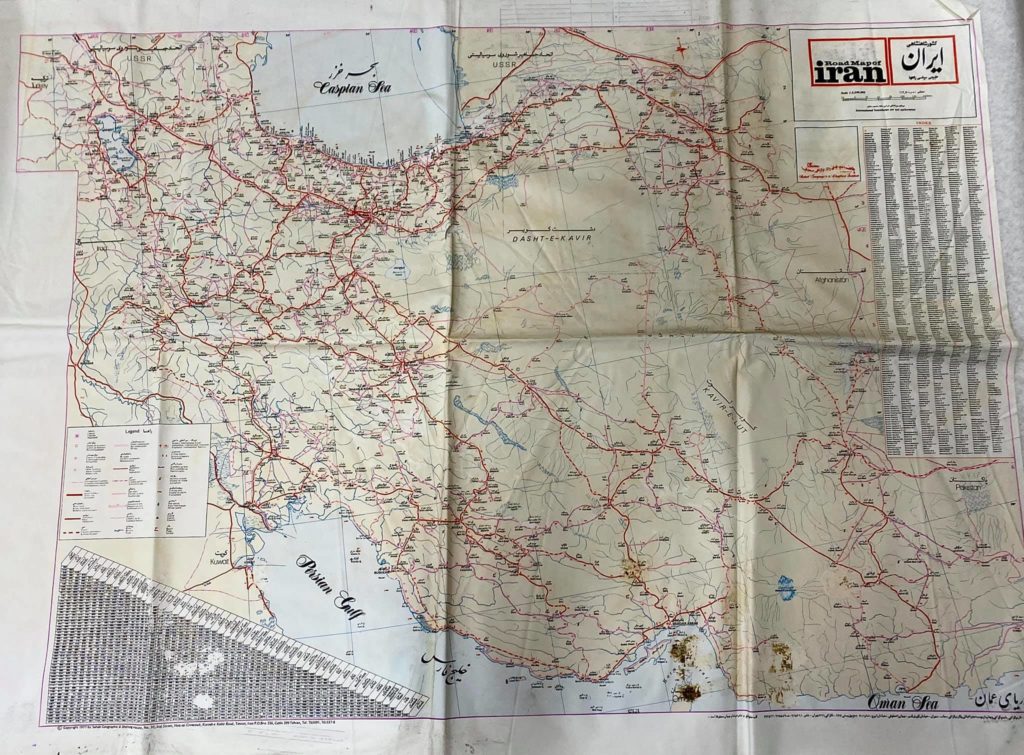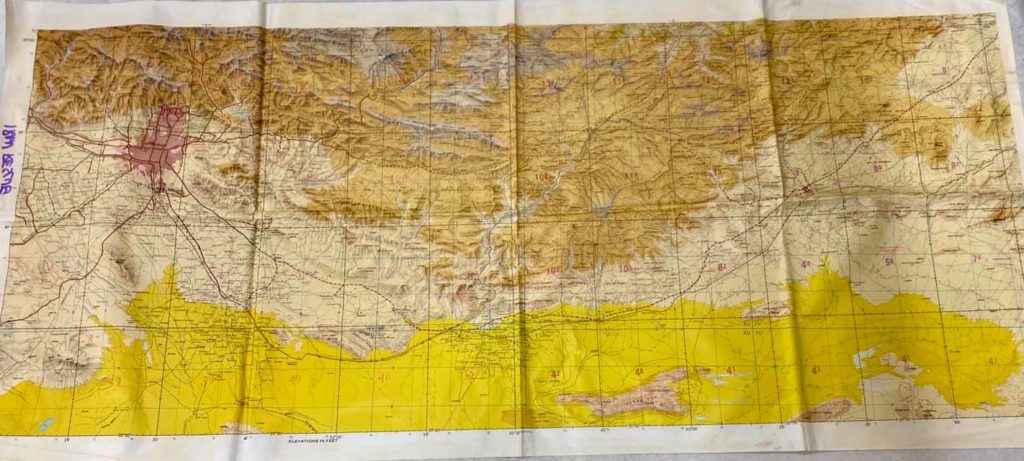Operation Eagle Claw
On April 24, 1980, an ill-fated military operation to rescue the 66 American hostages held in Tehran ended with eight U.S. servicemen dead and no hostages rescued. To learn more about Operation Eagle Claw, continue reading below.
The Lead Up
On November 4, 1979, as many as 3,000 militant students stormed the U.S. embassy in Tehran, taking 63 Americans hostage. Three additional members of the U.S. diplomatic staff were seized at the Iranian Foreign Ministry. The incident took place two weeks after U.S. President Jimmy Carter had allowed the deposed Iranian ruler, Mohammad Reza Shah Pahlavi, into the United States for cancer treatment. Iran’s new leader, Ayatollah Ruhollah Khomeini, called for the United States to return the shah, as well as for the end of Western influence in Iran. By mid-November, 13 hostages were freed. The remaining 53 hostages, however, had waited out five months of failed negotiations by April of 1980.
The Mission
During this time, American military commanders refined a plan for a possible rescue mission, and conducted training exercises to evaluate the troops and equipment that would be used in such an undertaking. President Carter approved a military rescue operation on April 16, 1980. The plan utilized elements of all four branches of the U.S. armed services; the two-day operation called for helicopters and C-130 aircraft to rendezvous on a salt flat (code-named Desert One) some 200 miles southeast of Tehran. There the helicopters would refuel from the C-130s and pick up combat troops. The helicopters would then transport troops to the mountain location from which the actual rescue mission would be launched the following night. Starting on April 19th, forces were deployed throughout Oman and the Arabian Sea.

(in preparation for the restoration process) that was used to plan and prepare for Operation Eagle Claw.
The Failed Operation
On April 24th, 1980, Operation Eagle Claw began when eight United States Navy RH-53D Sea Stallion helicopters took off from the deck of the American aircraft carrier, the USS Nimitz, in the Arabian Sea for a 600-mile trip to rendezvous in the Iranian desert with six C-130 transport aircrafts. The aircraft encountered a haboob, a violent wind-driven sand storm common in desert. This caused extreme visibility issues, damage to the aircrafts, and sickness with the crews. President Carter and his staff received the news and decided to abort the mission.

As the force prepared to depart, a RH-53D helicopter crashed into a C-130 carrying extra fuel for refueling igniting a fire that killed 5 Airmen and 3 Marines.
A Silver Lining
While the mission was deemed a failure, the legacy born out of Eagle Claw endures today. The events of April 24, 1980 highlighted the need for compatibility and interoperability between the United States’ various special operations components, thus creating Joint Special Operations Command (JSOC) at Fort Bragg, North Carolina.
The maps below are stored in the Museum’s archives and were used to plan Operation Eagle Claw.


Interested in learning more about Operation Eagle Claw? We recommend reading “Phoenix Rising”, written by Keith Nightingale, former Deputy Operations Officer and the junior member of Joint Task Force Eagle Claw.




